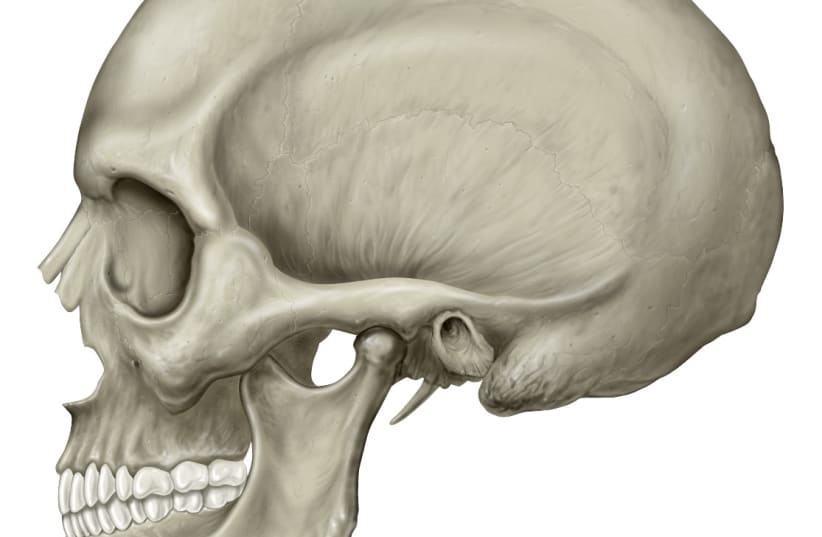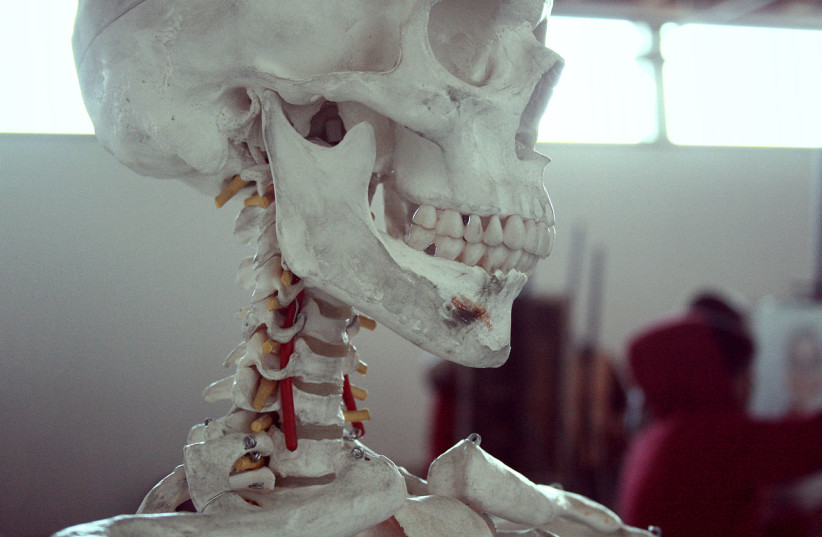Researchers from the Museum of London Archaeology (MOLA) are left asking questions after inspecting a comb dating back to the Iron Age that they found during an archaeological dig that ended in 2018. The researchers revealed that the comb was made of a human skull and was most likely used as an amulet rather than to style hair.
They first discovered it at a village in Cambridgeshire, England, called Bar Hill during a three-year archaeological dig, according to Live Science. The comb is around 2 inches long with a curved top and teeth carved into the bottom.
Previous archaeologists have determined that in the Iron Age, the human head was important to the people at the time and was sometimes collected and displayed at entrances to villages in Britain.
The researchers at MOLA drew a reconstruction drawing suggesting that the comb would have been originally rectangular with a circle carved out in the middle for fastening to clothes.
"The Bar Hill Comb may have been a highly symbolic and powerful object for members of the local community," Michael Marshall, a prehistoric and Roman finds specialist at MOLA said in a statement. "It is possible it was carved from the skull of an important member of Iron Age society, whose presence was in some way preserved and commemorated through their bones."
Not the first comb to have been found?
“To be able to see such hyper-local influences in groups of people living over 2,000 years ago is truly astonishing.”
Michael Marshall
According to Heritage Daily, this comb is one of three found from the Iron Age made from human skulls in the United Kingdom. The first was found just 9 miles north of Bar Hill in the 1970s, and the second was found during excavations at Harston Mill in the early 2000s but instead of having carved teeth, the second comb had carved lines.
"It is possible this fascinating find represents a tradition carried out by Iron Age communities living solely in this area of Cambridgeshire," Marshall said. "To be able to see such hyper-local influences in groups of people living over 2,000 years ago is truly astonishing."
Due to the other early findings of Iron Age human skull combs, researchers suggest that it could have been a tradition at that time.
"These carved teeth and lines would have highlighted the Bar Hill Comb's origin, especially for local Iron Age communities who were familiar with skeletal remains," Marshall said. "Its symbolism and significance would have been obvious to anyone who encountered it."

